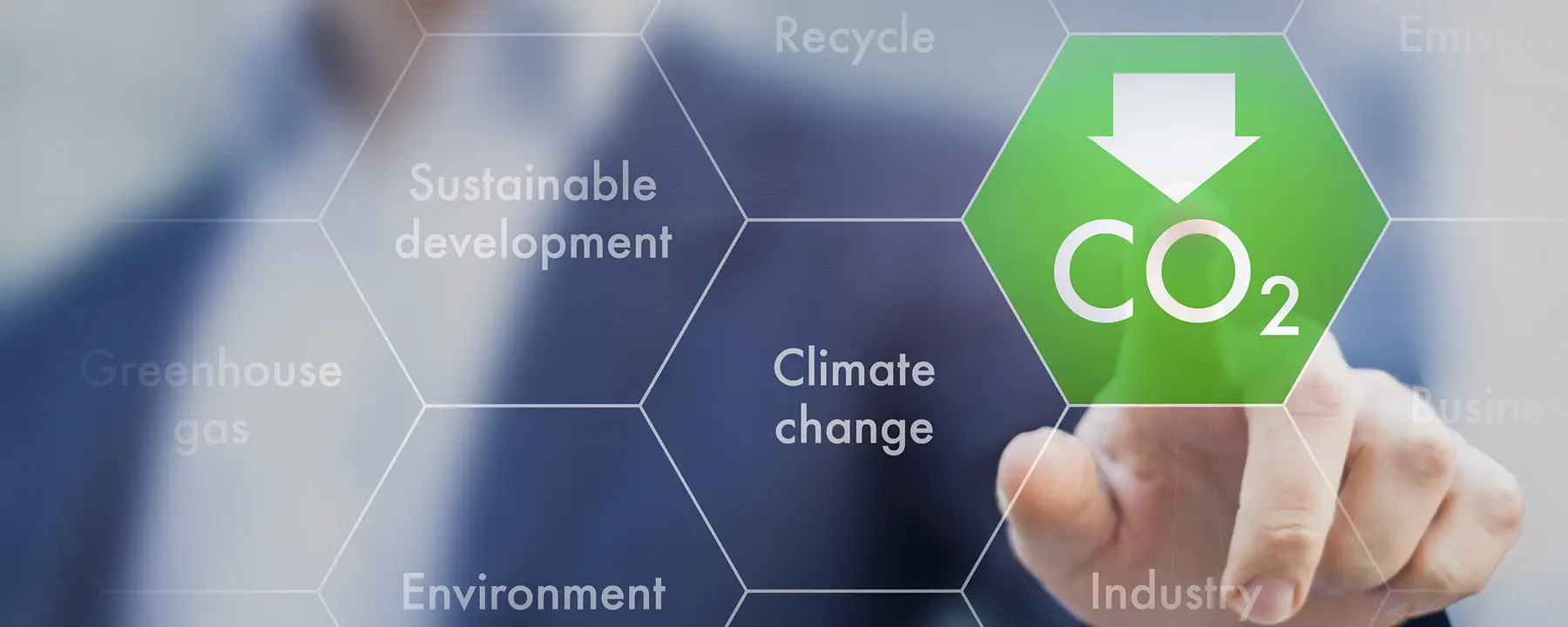Guiding key policy discussions on greenhouse gas mitigation with advanced economic modeling and analysis
As political leaders in the United States and around the world tackle the looming issue of climate change—and with greater urgency since the 2015 United Nations summit in Paris—carbon taxes represent one possible policy solution to help reduce greenhouse gas emissions. But the term “carbon tax” is often tossed around as a buzzword, while the details and potential effects of such a system remain vague to the public and even some inside government.
RTI economists are contributing to the discussion of carbon taxes by using sophisticated modeling techniques to estimate the effects these taxes could have on households across the U.S. Our research provides realistic, forward-looking frameworks for understanding both the environmental and economic aspects of a carbon tax.
Projecting Economic and Health Benefits of Multiple Carbon-Tax Scenarios
At first glance, carbon taxes might appear to primarily affect industry, but they could also make a significant difference in the bottom line for millions of households. Households could end up paying more for gas, electricity, and many other products as companies pass along the added cost to their customers. But carbon taxes also generate new revenue sources, which households could see “recycled” back to them in the form of payroll tax cuts, capital tax cuts, or direct payments, depending on how the tax policy was written. Reducing carbon emissions would also bring a reduction in other forms of air pollution, called policy “co-benefits,” resulting in a healthier environment and reduced mortality throughout society.
Analyzing a variety of carbon tax revenue levels and recycling methods, RTI economists examined the economic costs and co-benefits of reduced pollution. They found that many households could be economically better-off under a carbon policy even without considering reduced risks from climate change.
To carry out this complex analysis, we used our own “computable general equilibrium” (CGE) model, RTI ADAGE™. The model, whose name stands for Applied Dynamic Analysis of the Global Economy, allows us to consider how firms and households might respond to a carbon policy and how those responses would guide energy and environmental issues several decades into the future.
We found that a carbon tax could affect different regions of the country in significantly different ways. Households in areas with less carbon-intensive economies, such as New England, the mid-Atlantic states, and the Pacific coast, tended to do relatively better economically regardless of which tax distribution method we used. States in the West South Central region saw the opposite effect, with households tending to see larger impacts on their income.
In terms of how tax revenue was returned to households, we found that direct, lump-sum payments were the most progressive, meaning that low-income households bore a less than proportionate share of the economic burden relative to higher-income households. Lump-sum payments led to a net gain, albeit sometimes a small one, for households with the lowest incomes. Capital tax rebates were the most regressive, resulting in gains for higher-income households, while labor tax rebates produced mixed results depending on region. Labor and capital tax rebates also carried the added benefit of encouraging people to contribute more to the economy.
Our analysis of the net benefits of a carbon tax also showed different effects based on income level. For example, we examined changes in non-climate related pollution under a carbon tax. While the health benefit of lower pollution does not appear to differ by income, economic costs of carbon taxes do. Households seeing net benefits under the policy tend to be those with lower incomes.
Helping Policymakers Understand the Economic Impact of Carbon Taxes
Commitment to reducing greenhouse gas emissions remains strong in many parts of the U.S. A carbon tax is just one mechanism for achieving this goal, but it has in the past attracted bipartisan support. Carbon taxes have also surfaced in broader discussions of tax reform.
A carbon tax would have ripple effects throughout the U.S. economy. Our work contributes to the policy community’s understanding of many of those effects, leading to better-informed planning. Regional variations we found could indicate where a carbon tax is likely to find support or opposition. Our analysis of different methods of distributing carbon-tax revenue could help government leaders better understand the broad economic impacts of carbon policy.
Our growing body of carbon-tax research and analysis continues to inform important policy discussions, helping to shape the way policy makers understand and act on this issue. Further modeling and study will provide invaluable information for academics, industry leaders, and policymakers comparing options for tackling climate change.
- RTI-funded
